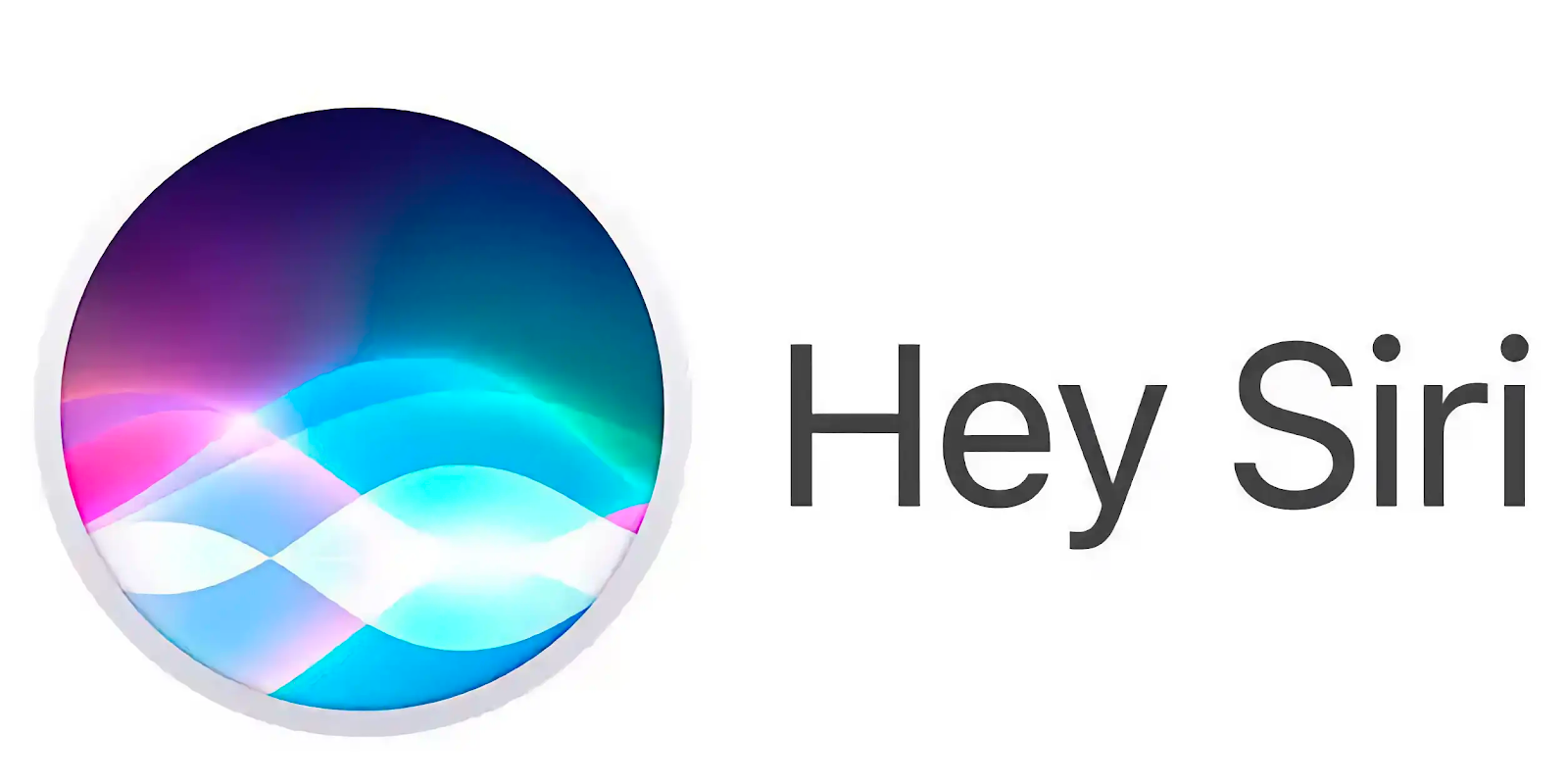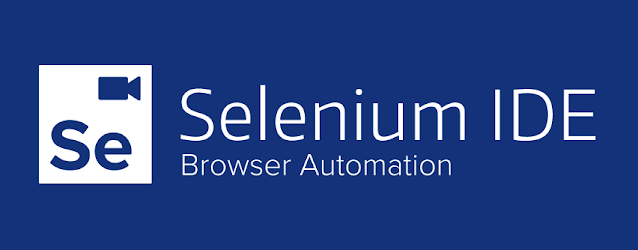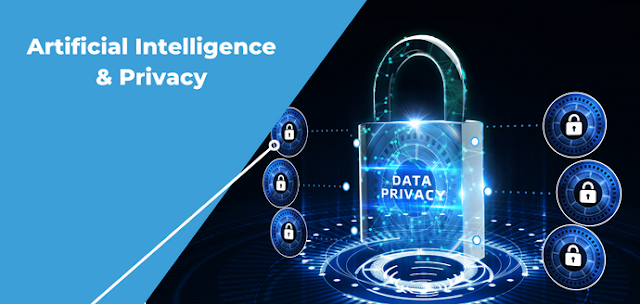Evolution of Artificial Intelligence Chat Bots: From ELIZA to Chat GPT
Artificial Intelligence Chatting Robots, or chatbots, have come a long way since their inception. What began as simple text-based programs with predefined responses has evolved into sophisticated conversational agents capable of understanding and generating natural language. In this blog, we'll take a journey through the fascinating evolution of AI chatting robots, exploring their humble beginnings, key milestones, and the powerful technologies that drive them today.
1. The Birth of ELIZA: The First Chatbot
ELIZA, developed by Joseph Weizenbaum in the mid-1960s, is often regarded as the pioneer of chatbot technology. ELIZA was primarily designed as a simple rule-based program that could simulate Rogerian psychotherapy sessions. It utilized pattern matching and predefined scripts to mimic human conversation. ELIZA would respond to users by mirroring their statements and asking open-ended questions, creating the illusion of a therapeutic dialogue.
Example: User: "I'm feeling anxious." ELIZA: "Tell me more about your feelings of anxiety."
YouTube Video on the Evolution of AI
ELIZA's groundbreaking aspect was that it demonstrated the potential for machines to engage in text-based conversations with humans. Although its capabilities were limited, it set the stage for the future development of more advanced AI chatbots.
2. AIML: The Rise of Rule-Based Chatbots
In the 1990s, chatbot development took a significant step forward with the introduction of AIML (Artificial Intelligence Markup Language). AIML is a standardized XML dialect that provided a structured way to create chatbots. Several notable chatbots, including ALICE and Jabberwacky, emerged during this era.
AIML-based chatbots expanded beyond ELIZA's capabilities, offering more diverse and engaging conversations. These chatbots employed predefined patterns and templates to generate responses based on the input they received. While they were still limited by their rule-based nature, they marked a significant improvement over ELIZA.
Example: User: "Tell me a joke." Chatbot: "Why did the chicken cross the road? To get to the other side!"
AIML-based chatbots played a crucial role in introducing users to the concept of AI-driven interactions and paved the way for the next phase of chatbot development.
3. Machine Learning and Smarter Chatbots
The turn of the 21st century brought significant changes to chatbot technology. Developers began integrating machine learning techniques into chatbots, allowing them to learn from data and improve their responses. One notable example of this era was SmarterChild, an AI chatbot designed for AOL Instant Messenger.
SmarterChild was an early demonstration of a chatbot using machine learning to provide more interactive and informative conversations. It could answer questions, engage users in various topics, and adapt its responses based on the user's input.
Example: User: "What's the weather like today?" SmarterChild: "The weather in your area is sunny with a high of 75°F."
While not a true AI in the contemporary sense, SmarterChild represented a significant step forward in chatbot development, showcasing the potential for machine learning to enhance user interactions.
4. Siri, the Game-Changer
The year 2011 marked a game-changing moment in the history of AI chatbots with the introduction of Apple's Siri. Siri was the first chatbot to bring the concept of conversational AI into the mainstream. It seamlessly integrated speech recognition, natural language processing (NLP), and a conversational interface.
Siri's ability to understand and respond to voice commands, answer questions, set reminders, and control various functions on mobile devices made it a household name.
Example: User: "What's the weather like today?" Siri: "The weather in your location is sunny with a high of 75°F."
Siri's success significantly expanded the horizons of chatbot technology, making it an integral part of daily life and setting the stage for the development of even more advanced conversational agents.
5. Modern Chatbots and Natural Language Processing (NLP)
In the last decade, rapid advancements in AI, particularly in natural language processing (NLP), have revolutionized chatbot technology. Chatbots such as Microsoft's Cortana, Amazon's Alexa, and Google Assistant have become ubiquitous. These chatbots leverage advanced NLP techniques to understand context, sentiment, and user intent more accurately.
These modern chatbots can provide context-aware responses, adapt to user preferences, and understand complex queries.
Example: User: "Find me the nearest Italian restaurant." Google Assistant: "I found several Italian restaurants near you. The closest one is 'Pasta Paradise' about 0.5 miles away."
NLP advancements have made chatbots more intelligent and user-friendly, offering a level of interactivity and understanding that was once the stuff of science fiction.
6. The Rise of AI-Powered Chatbots - Chat GPT
The most recent breakthroughs in chatbot technology are powered by deep learning and neural networks. These AI-driven chatbots can understand context, generate responses that mimic human language, and provide insightful and relevant information.
A standout example is OpenAI's GPT-3, a language model known for its natural language generation capabilities. GPT-3 can generate human-like text across a wide range of topics and has garnered significant attention for its potential applications.
Example: User: "Write a short story about a detective solving a mystery." GPT-3: [Generates a complete short story.]
These AI-powered chatbots mark the pinnacle of chatbot development, offering a level of sophistication and language understanding that was once deemed unattainable.
The evolution of AI chatting robots has been an exciting journey, from the rule-based responses of ELIZA to the powerful natural language generation capabilities of GPT-3. These chatbots have transformed the way we interact with technology and have found applications across diverse industries. As chatbots continue to evolve, the ethical considerations surrounding their use will remain a topic of debate, emphasizing the need for responsible development and usage. In this dynamic landscape, the continued development and responsible implementation of AI chatting robots will shape the way we communicate and interact in the years to come.
Conclusion
The evolution of AI chatting robots has been a remarkable journey, from the rule-based responses of ELIZA to the sophisticated language understanding of GPT-3. These chatbots have transformed the way we interact with technology and have found applications across diverse industries. As chatbots continue to evolve, the ethical considerations surrounding their use will remain a topic of debate, emphasizing the need for responsible development and usage. In this dynamic landscape, the continued development and responsible implementation of AI chatting robots will shape the way we communicate and interact in the years to come.









.png)
















Comments
Post a Comment